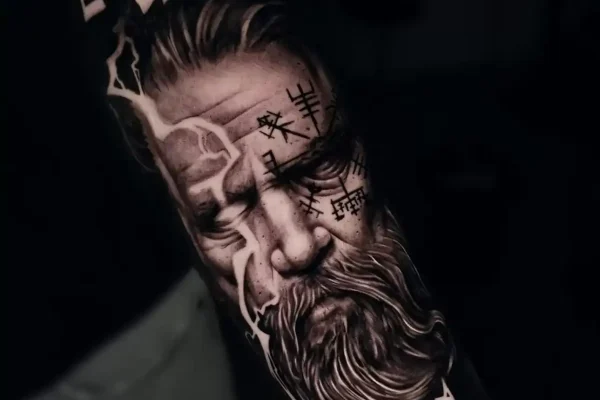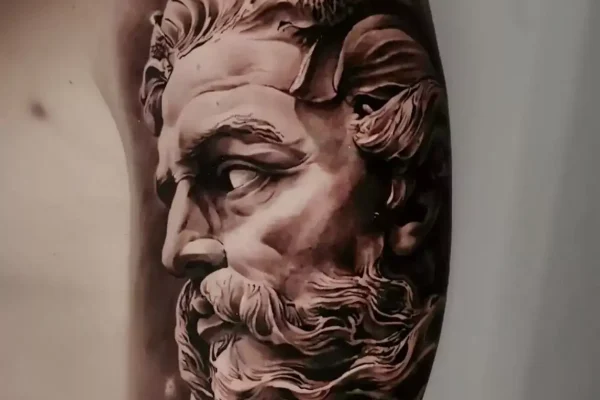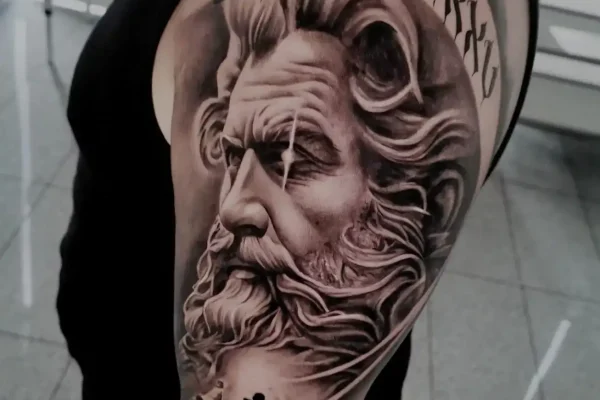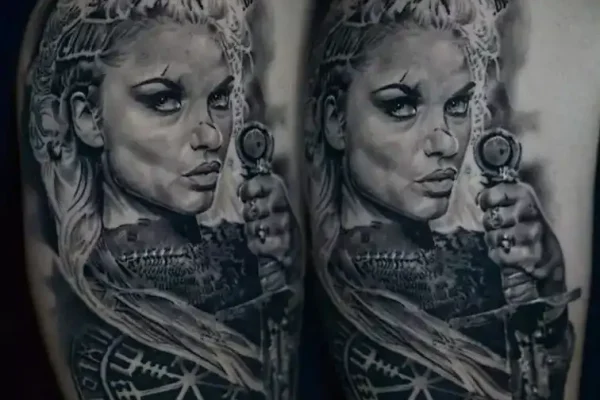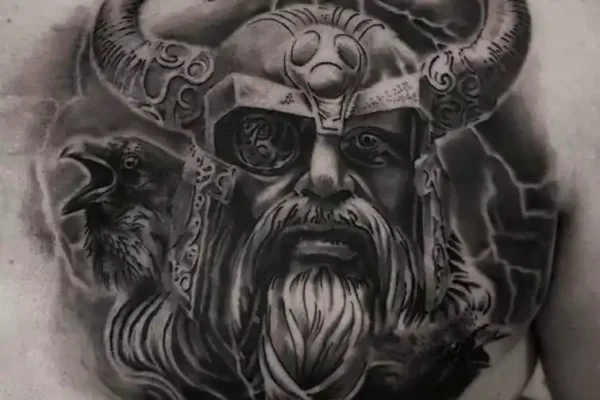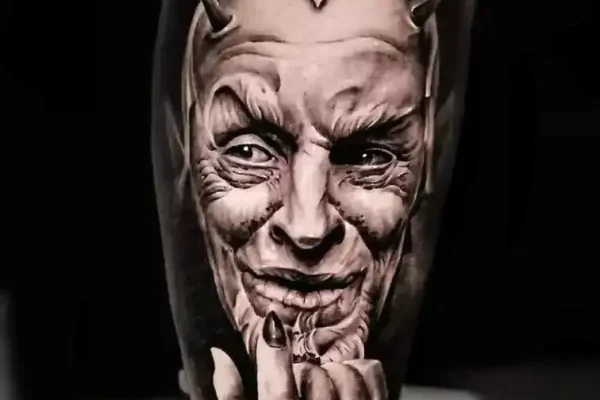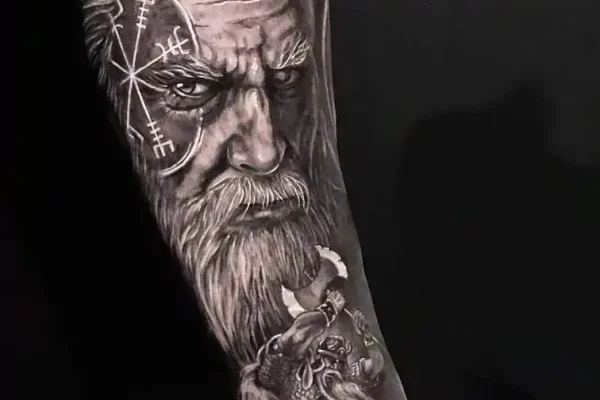Viking Tattoos in Madrid
The awe of history: Viking tattoos as symbolism and heritage.
Viking tattoos are more than just artistic masterpieces on the skin; they embody the reverence of Norse history and culture. The origins of these fascinating tattoos can be traced deep into the rich mythology and traditions of the Vikings. These bold seafarers and warriors left behind not only a legacy of conquest, but also a cultural legacy that lives on in the timeless symbols of their tattoos.
The meaning of Norse symbols
The symbols used in Viking tattoos are rich in meaning and deeply rooted in Norse culture. Runes, the ancient characters of the Vikings, were often incorporated into tattoos to confer protection, luck, and strength. The mighty hammer of the Norse god Thor, the Mjölnir, symbolizes strength and bravery. Other popular symbols include Yggdrasil, the World Tree, which represents the connection between worlds, and Norse animals such as the wolf, which represents wildness and freedom. Each symbol tells a unique story and reflects the values and beliefs of the Vikings.
Viking tattoos as an expression of strength and courage
Viking tattoos were not only artistic adornment for warriors, but also an expression of their bravery and courage. In a world full of challenges and battles, these tattoos served as powerful protective signs and amulets. The martial symbols, often worn on the arms, chest or shoulders, were meant to protect the wearer from danger and give courage in battle. For the Vikings, wearing such tattoos was a way to strengthen their will and determination while connecting with their mythical heroes.
Viking women and their tattoo traditions
Not only the men, but also the Viking women proudly wore tattoos. The female tattoos were often more intricate and had their own symbolic meanings. They were a sign of strength and fertility and also served as symbols of protection. It was a form of self-expression and belonging to the proud Viking culture. Women’s tattoos represented their role in society while reflecting their own individual stories.
The renaissance of Viking tattoos in tattoo culture.
In recent years, the fascination with Norse history and mythology has led to a real renaissance of Viking tattoos in modern tattoo culture. More and more people are attracted to the symbolism and deep meaning of these tattoos. Viking tattoos today serve as an expression of strength, freedom and a sense of adventure. They are a means of emphasizing one’s personality and connecting with the powerful warrior culture of the past.
Viking tattoos as an individual expression
In today’s world, Viking tattoos are not reserved only for warriors; they have evolved into a wide range of meanings and styles. Many people choose them as an expression of their personal strength, their love of Norse history, or as a symbol of their own spiritual journey. The diversity of Norse symbols provides room for individual interpretation and allows each wearer to carry a unique story on their skin.
The responsibility of the wearer
The growing popularity of Viking tattoos also brings with it a responsibility to preserve the cultural significance. It is important that wearers are aware of the deep historical connection and wear the symbols with respect and appreciation for Norse culture. Studying Norse history and mythology can help understand the true meaning of these fascinating tattoos and ensure that they remain in their original essence.
A bridge between the ages
Viking tattoos are more than just body art; they are a bridge between the past and the present. They remind us that Norse culture and its symbolism are still alive in modern times. By wearing these timeless tattoos, we honor the heritage of the Vikings while preserving their cultural significance for generations to come.


